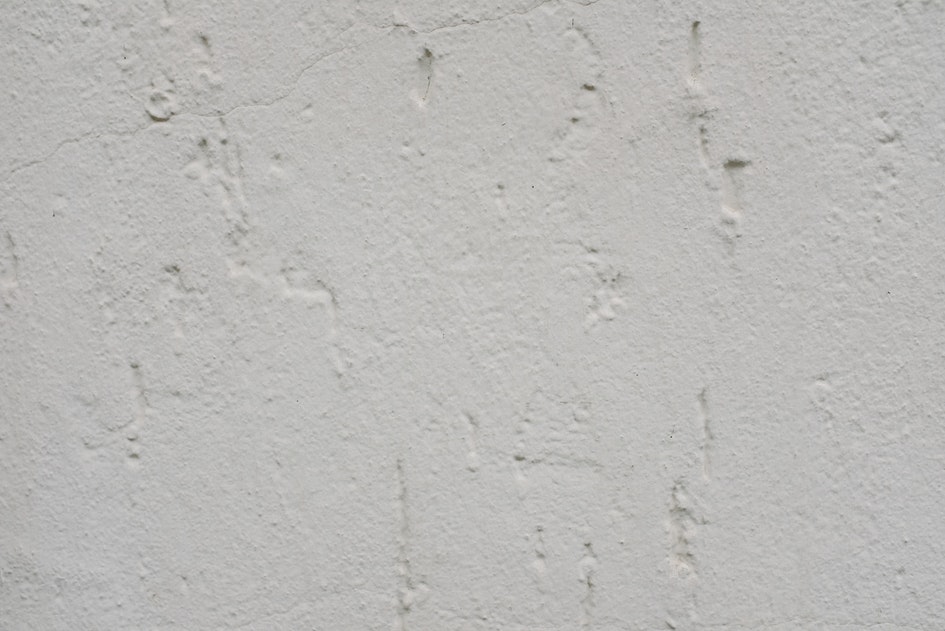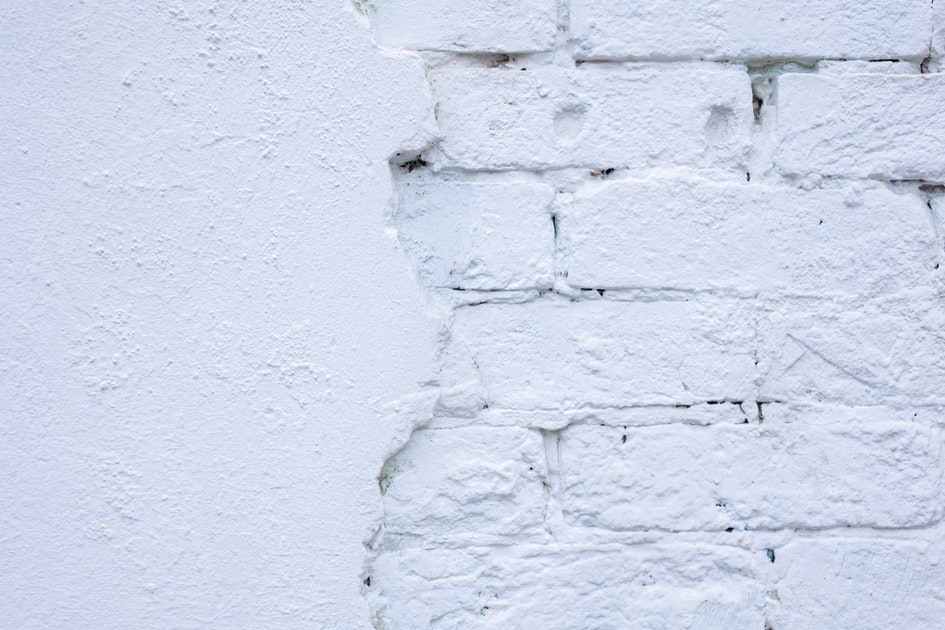Stucco is a durable construction material. When properly installed, it can last for 100 years.
However, like all construction materials, stucco is not maintenance-free or impervious. With wear and tear over time, holes and cracks can develop in the surface, which lets in water. This hastens the deterioration of the finish. When blisters or cracks appear, don’t ignore them; otherwise, you’ll be compromising the integrity of a stuccoed exterior.
When it comes to stucco repair, calling stucco contractors should be the first point of action. However, a DIY repair project is also possible, as long as you have the right tools and knowledge.
If Googling “stucco repair near me” is not an option for your budget, we prepared a guide for your DIY stucco repair project.
What Causes Stucco Damage?
Water is the primary culprit for most stucco failures. House settlement, bad installation improper mixing of mortar and unprecedented weather conditions also contribute. Unchecked water drips will also cause stucco to deteriorate, which creates cracks and bulges. These can also cause metal lath to corrode or wood lath to warp or rot.
Settling is another cause of cracks. This is often due to seismic activity or poor initial installation.
When it comes to stucco damage, a thorough inspection of your exteriors is the first course of action. Find the cause of the problem to find a solution. For foundation problems, work with a professional stucco contractor for an assessment. They can catch you up on stucco FAQs, too.
How to Repair Stucco: The Tools and Materials Needed
Before you work on your stucco exterior, make sure you have the following tools and materials:
Tools
- Trowel
- Stiff paintbrush
- Chisel or hammer
- Putty knife
- Tin snips
- Wire-bristled brush
- Staple gun (optional)
Materials
- Roofing nails or lath nails
- Acrylic exterior caulk
- Exterior paint (optional)
- Stucco repair mix (conventional or pre-mixed)
You have the option to mix your own stucco using traditional recipes, but using high-quality pre-mixed stucco repair mix ensures you have the right mix for your application. Pre-mixed stucco are blended for bonding and exceptional strength. They can also be colored and applied like standard stucco.
If you choose to work with pre-mixed stucco, purchase one with a quick-setting formula so they will dry faster than traditional faster, which speeds up the repair process.

How to Repair Stucco: The Best Practices
There are many ways to repair your stucco; it depends on the problem. To make stucco repair easier for you, we’ve broken down the steps according to the damage.
How to Repair Stucco Cracks
Hairline cracks appear over time in any stucco exterior, especially if your stucco is exposed to external elements. Fortunately, this damage can be easily repaired by anyone, including homeowners. The most basic remedy is paint. You can fill the cracks in with paint and you’re good to go. If that doesn’t work, follow these steps.
- Clean the area. Use a stiff paintbrush to brush any dirt around the cracks.
- Fill the crack. Fill small cracks with acrylic caulk. If the crack is up to ¼ inches wide, use the sanded version of the caulk. For both applications, smooth the caulk with your finger.
- Finish. Wait for the caulk to dry before you paint the stucco (if needed).
How to Repair Stucco Holes or Larger Cracks
Stucco holes or larger cracks require more prep work and the use of different repair products.
Although larger cracks or holes are not uncommon, having a lot of them could indicate a more serious exterior issue. If this is the case, call professional stucco repair contractors to troubleshoot.
To repair stucco holes or larger cracks, follow these steps:
- Clean the area. Use a scratch awl or putty knife to scrape out loose debris from the hole or crack.
- Fill the hole or crack. Use the putty knife to apply the patching material.
- Add texture. Add texture to the match with a wire-bristled brush. Make sure it matches your existing stucco.
- Finish. After the patching material dries, paint over the patch.
How to Repair Larger Areas of Damaged Stucco
If the damage in your stucco is a square-foot hole, you can still do the repair yourself. However, you may struggle with matching the premixed or conventional stucco’s texture with the existing texture.
If you decide to still DIY, make sure that the damage isn’t due to moisture that got behind the stucco or faulty installation. If these are the cases, it’s best to work with a professional.
If not, proceed with the following steps:
- Remove the loose stucco. Use a chisel or hammer to remove the debris and damaged stucco, as well as the undamaged stucco around the area.
- Remove house wrap and lath. Cut the felt paper or house wrap near the damaged stucco and remove the lath with tin snips. Leave the wrap and stucco behind the good stucco.
- Install the new lath and house wrap. Cut a piece of felt paper or house wrap to match the size of the area you’re repairing. Use a staple gun to secure the wrap firmly to the sheathing or studs. Make sure the wraps overlap on the margins that you left intact. Use acrylic exterior caulk to seal around the wrap seam. With the tin snips, cut a piece of metal lath and attach it to the wall with roofing nails or staples.
- Apply the first coat of stucco mix. If you’re using the conventional stucco repair mix, mix it first in a plastic tray or wheelbarrow following the manufacturer’s instructions. On the other hand, a pre-mixed stucco repair mix is ready to trowel. When applying the first coat, use a trowel to do so. Etch the surface of the stucco material with a trowel or a putty knife to help more coats adhere to the first coat.
- Apply the second and third coats. Next, prepare the stucco mix and apply the “brown” coat, aka the second coat, to the area. Let dry. After that, apply the last coat (aka the “color” coat) to the patched area. Use a broom or a stiff-bristled brush to create a texture that matches the current stucco. If you’ve never painted your stucco, use a colored stucco mix to match your current color.
How to Repair Blisters in Stucco
If your stucco has bubbles, the stucco itself is bubbling or the paint has blistered. In this case, call a professional stucco repair contractor. Blisters on the stucco are a sign of moisture problem and a DIY repair might not fix it.
Stucco Repair and Maintenance
To keep your stucco in good condition for a long time, inspect your siding once a year to spot holes, cracks or any signs of deterioration. Repair them as soon as possible to avoid serious damage. Also, make sure the soil around your residential or commercial property doesn’t reach the stucco to prevent moisture damage.
A DIY stucco repair job is possible, as long as you have the right tools and know the right technique. If you need assistance or if the repair job is too serious, don’t hesitate to work with a stucco repair contractor.

